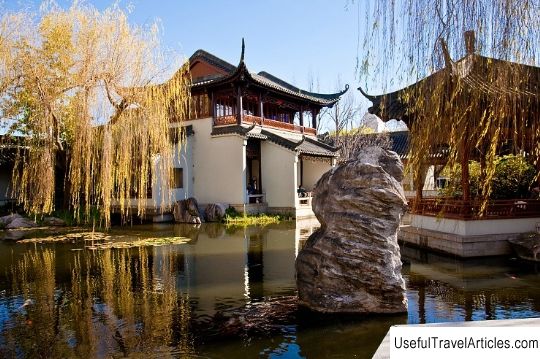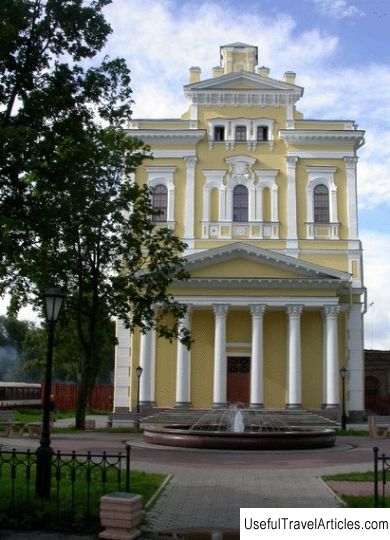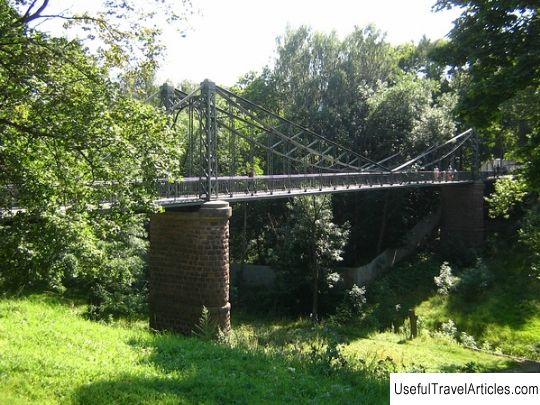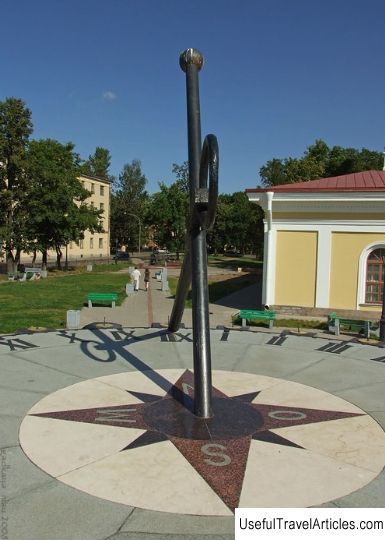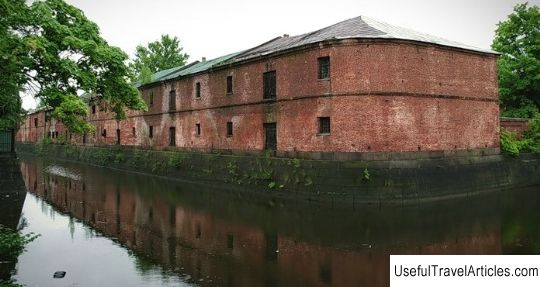Museum of the Kronstadt Marine Plant description and photo - Russia - St. Petersburg: Kronshtadt
Rating: 8,6/10 (345 votes) 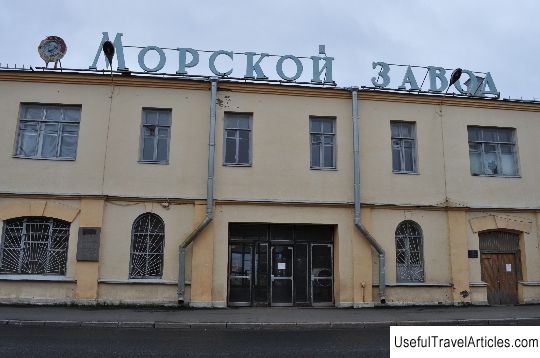
Museum of the Kronstadt Marine Plant description and photos - Russia - St. Petersburg: Kronshtadt. Detailed information about the attraction. Description, photos and a map showing the nearest significant objects. Photo and descriptionOn the occasion of the 100th anniversary of the opening of the Marine Plant in Kronstadt, the Museum of the Marine Plant was opened in the Metal Workers' Club (formerly the Commercial Assembly) on the 4th floor. An impressive exposition was housed in a large long room: equipment models, models of yachts and ships made or docked at the factory, photographs, stands, etc. The Kronstadt Marine Plant is very interesting from a historical point of view. A large number of wonderful people worked on his education and development. Many ships were repaired at the factory docks, and many different ships were produced. The plant went through many trials: in 1917, the years of the Second World War, overcoming devastation, he managed to recover and work further. The steamship plant began its work on March 4 (16), 1858. Emperor Alexander II took part in the opening ceremony of the plant. The Russian fleet was making a transition to steam traction. In addition to repair facilities, production facilities were also needed. By the time of the opening, the Steamship Plant had the capacity for repair, re-equipment, installation of ships of various types of equipment and weapons. In those years, the city of Kronstadt was the main port of Russia, where various ships were prepared for the roadstead and ships that arrived from seas. Here, in the first year of operation, steam engines were installed on the battleships "Tsesarevich" and "Sinop" and the frigate "Oleg". Also at the plant, for the first time in Russia, the cutting of serf smooth-bore guns and naval guns was made. In 1861, the first two twelve-pounders were cut. Also this year, the plant produced armor for the gunboat Opyt (1st Russian armored ship). For the city, the Steamship Plant in 1873 made a wonderful grate for the Summer Garden, the flag and flagpole of the monument to the seamen of the clipper "Oprichnik", in 1883 - the grate for Petrovsky Park. On the territory of the Steamship Plant, powerful dry docks for those years were built: Konstantinovsky, Alexandrovsky, a dock named after Tsarevich Alexei Nikolaevich. By the end of the 19th century, a number of auxiliary workshops were formed around the plant: carpentry, boat, painting, sailing, rigging, diving, shoemaking, garment factory and others. In 1904, the plant urgently prepared ships of the 2nd Pacific Squadron for a campaign on the front of the Russo-Japanese War. During the First World War, damaged ships were repaired here, and in 1917-1918 the ships withdrawn from Reval and Helsingfors were restored. In 1919, the shipyard repaired the ships "Andrey Pervozvanny" and "Petropavlovsk", the cruisers "Oleg" and "Svetlana", 10 patrol ships, 4 destroyers, 7 submarines, 4 minesweepers. But a large number of ships were idle in the port due to the lack of people, materials, fuel, spare parts. In 1922, icebreakers Truvor, Ermak, battleship Parizhskaya Kommuna and about 40 other ships. In 1924-1925, the cruiser Aurora was repaired here, which in difficult years almost went for sale for scrap abroad. In 1929, the Steamship Plant was renamed into Marine. In 1933, its reconstruction began. During the Great Patriotic War, the plant continued its work. Then, auxiliary ships were re-equipped and armed, ships and submarines damaged in battles were repaired, and parts of weapons and mines for the front were produced. During the blockade, the ration of the factory worker was about 250 g of bread. The electricity was often cut off. After the bombing, a lot of effort was spent on the restoration of workshops. A huge section of the museum is dedicated to those difficult years. For selfless heroic work during the Second World War in 1944, the Marine Plant was awarded the Order of Lenin. The post-war period is the time of restoration of workshops, improvement of the plant, development of infrastructure, introduction of innovative technological processes. Almost all large vessels leaving the Leningrad shipyards pass through docking at the Marine Plant. In 2003, the nuclear-powered missile cruiser "Peter the Great" left here. The plant is in need of orders, a serious reconstruction is required. The plant currently employs about 1,000 people. The Marine Plant Museum has interesting unusual exhibits, photographic documents, models of ships, mechanisms, docks. One of the central places is given to the model of the Petrovsky dock. The head of the museum is Mikhail Vasilyevich Konovalov - Chairman of the Kronstadt Council of War Veterans, who will gladly tell about the history of the plant and its best years.   We also recommend reading Isola Bella description and photos - Italy: Taormina (Sicily) Topic: Museum of the Kronstadt Marine Plant description and photo - Russia - St. Petersburg: Kronshtadt. |
